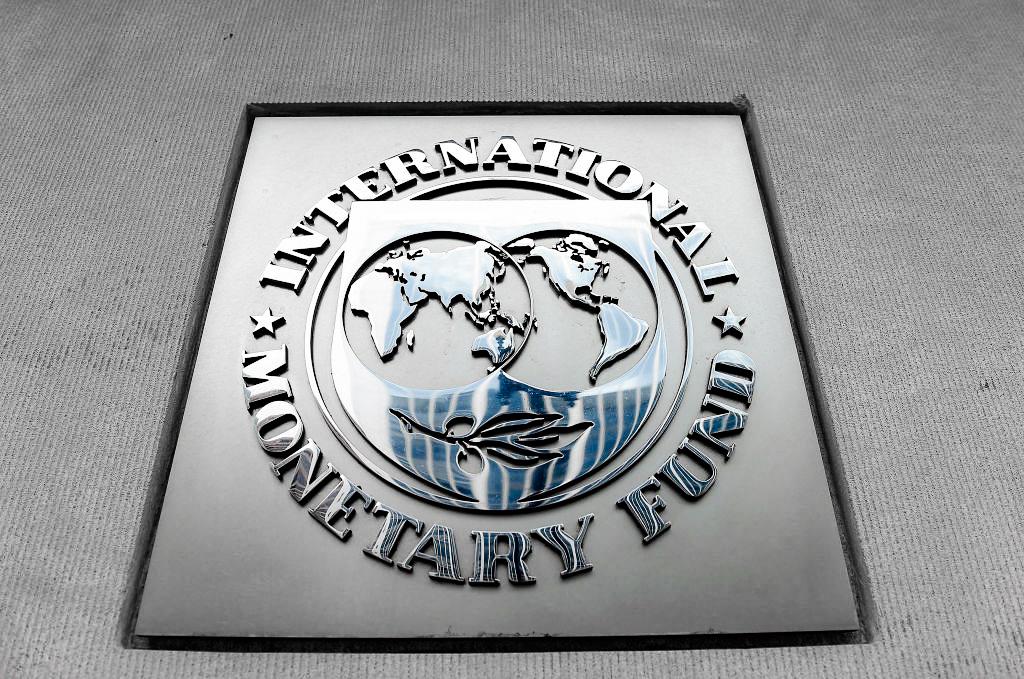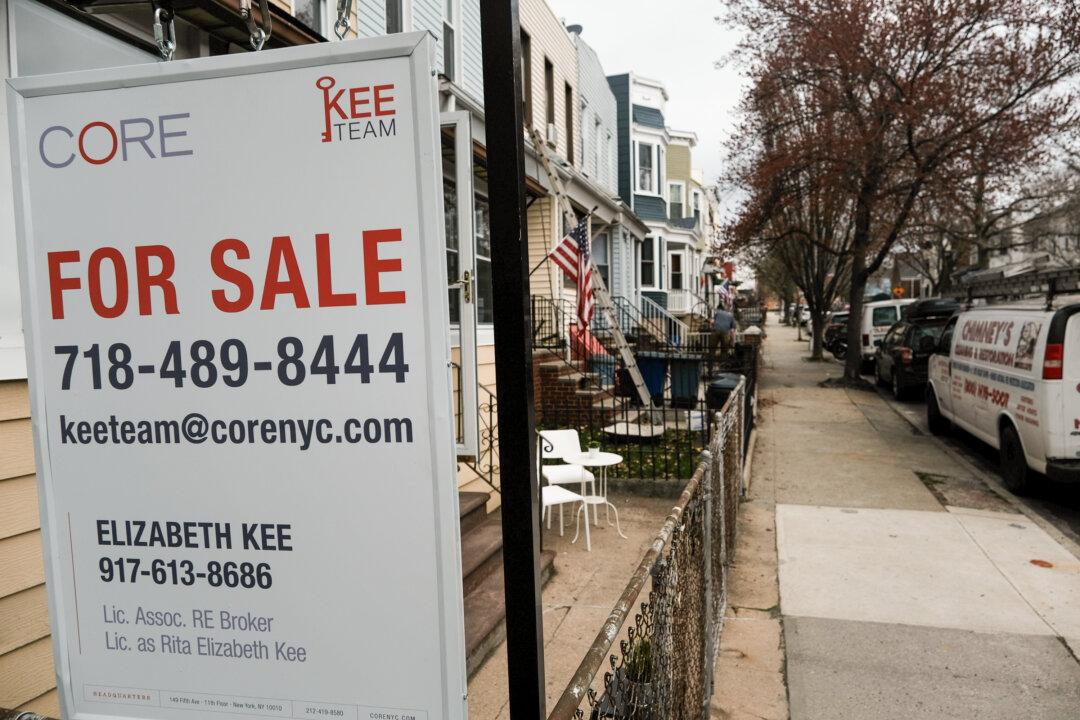The U.S. Federal Aviation Administration (FAA) is investigating a “close call” between a JetBlue and Learjet flight that occurred at the Boston Logan International Airport, Massachusetts, on Feb. 27.
The incident occurred before 7 p.m. Eastern time. According to the FAA’s preliminary review, an air traffic controller had asked the pilot of the Learjet 60 to line up and wait on Runway 9 while JetBlue Flight 206 landed on Runway 4-Right that intersects Runway 9. However, the pilot of the Learjet flight took off despite not getting the clearance.
“The Learjet pilot read back the instructions clearly, but began a takeoff roll instead. The pilot of the JetBlue aircraft took evasive action and initiated a climb-out as the Learjet crossed the intersection. The Learjet was operated by Hop-A-Jet, a private charter company. The FAA will determine the closest proximity between the two aircraft as part of the investigation,” said the FAA in an emailed statement to The Epoch Times.
Multiple ‘Close Calls’
The incident at the Boston Logan Airport is the latest in a series of close calls that the FAA is investigating. In January, a Delta Air Lines flight at New York’s JFK Airport was forced to abort its takeoff after an American Airline flight crossed the same runway even though it had no clearance for such a move. The two planes are said to have come within 1,400 feet of each other.At the Honolulu International Airport in the same month, a Cessna flight and a United Airlines craft came around 1,170 feet from each other. The United Airlines flight crossed a runway without clearance from air traffic control.
On Feb. 4, a FedEx cargo plane was cleared to land just as a Southwest flight was approved to take off from the same runway. The incident took place at the Austin-Bergstrom International Airport, Texas. The two planes came alarmingly close to 100 feet.
New Safety Rule
On Feb. 16, the FAA announced that it had finalized a rule to increase safety at airports. The final rule will require some airports to develop and implement a safety management system (SMS) that is expected to help airports “detect and mitigate safety problems before they result in accidents or incidents,” according to a news release.The final rule will apply to over 200 of America’s busiest commercial airports. It will come into effect 60 days after publication in the Federal Register. Airports will have four to five and a half years to fully implement the SMS.
“The safe operation of our nation’s airports is paramount during these historic times in aviation as we work to repair and construct necessary airport infrastructure,” said associate administrator for airports Shannetta R. Griffin, P.E.
“This rule promotes safety and allows airports to work collaboratively with partners to mitigate risks and avert accidents.”
The Epoch Times has reached out to the FAA for comment.





